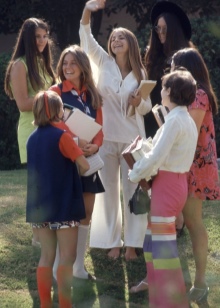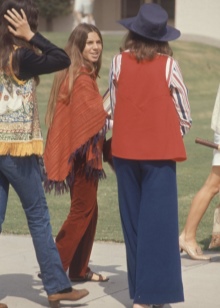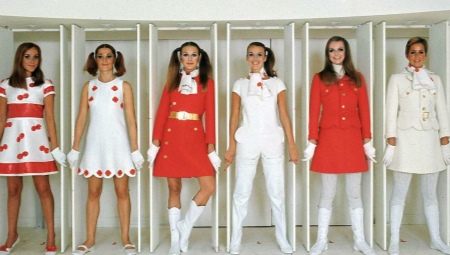The legendary 60s of the last century is the brightest period in the history of world fashion. It is not surprising that the elements characteristic of this era reappear on modern catwalks. Bold mini-skirts, rainbow color combinations, clear geometry, large accessories and artificial fabrics at one time formed a completely new idea of fashion.
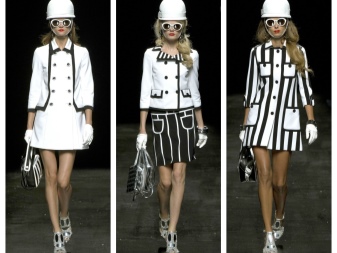
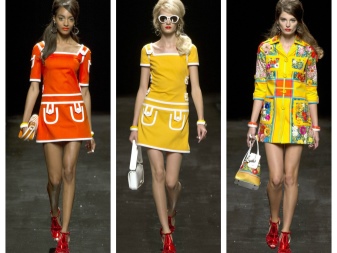
The emergence of new trends
By the sixties of the twentieth century, children born in the postwar period are growing up. Despite the terrible losses, Europe is recovering rapidly, economic growth is rapidly gaining momentum. Smart and energetic young people are very in demand.
Young people have great prospects, boys and girls are able to make good money and lead an independent adult life. They want to prove that they are different from the older generation, listen to other music and demonstrate their style of dressing.
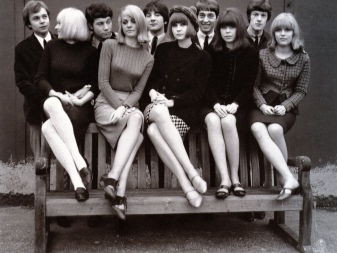
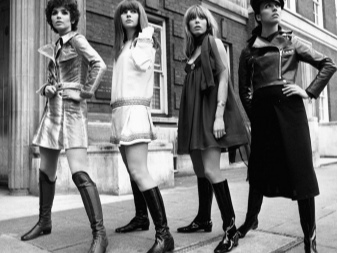
The financial independence of a huge number of guys and girls who want to demonstrate a special style of dress, leads to a change in the concept of couturier activities. Mass consumption made them work not only for individual customers. The formation of a fashionable infrastructure begins, and the sale of certain clothing models is legally regulated. From this began the fascination with popular brands.
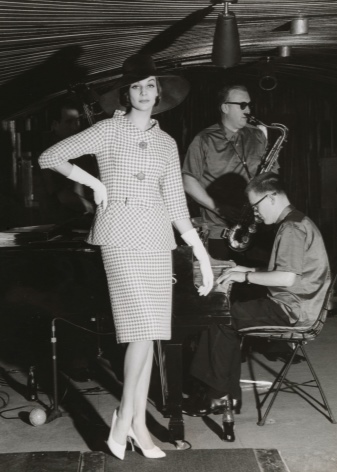
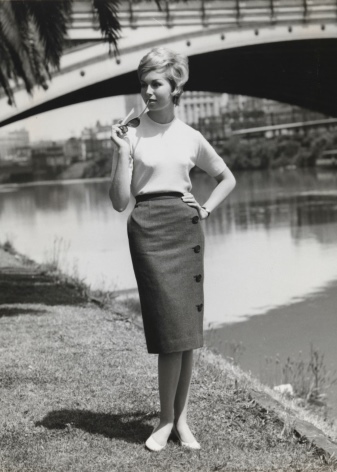
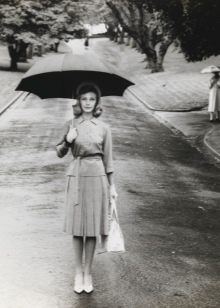
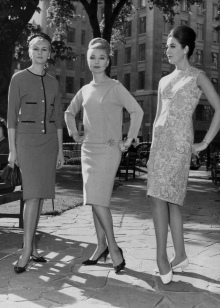
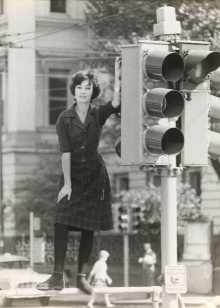
Style icons of that period were women who are still considered an example of femininity and beauty: Merlin Monroe, Audrey Hepburn, Catherine Deneuve, Sophia Loren, Brigitte Bardot, Jacqueline Kennedy. Then, on the catwalk, a girl of Twiggy appears, who became the first world-famous model.It was she who formed the concept of how fashion models should look.


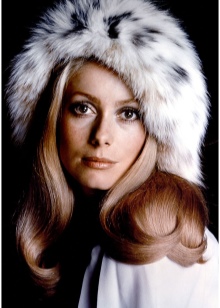
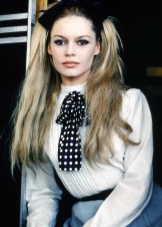
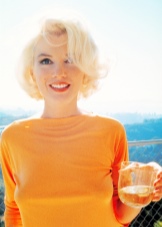
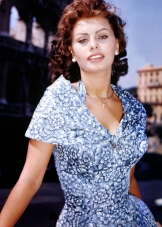
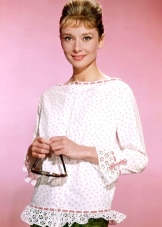
Characteristics
"The concept of body awareness"
It appears and spreads widely in the sixties of the last century. Famous couturiers develop clothes that maximally open and emphasize the beauty of a female figure. Wide trousers and a masculine style, which was so popular in the post-war years, are becoming commonplace. Skirts are shortened to incredible sizes, called “mini”.
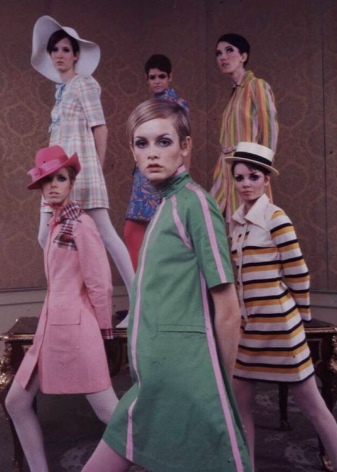



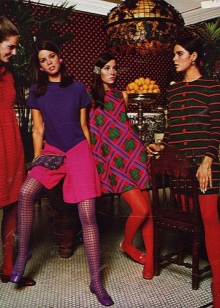
Geometry
In the 60s, fashion was characterized by contrasting combinations of colors and textures. If these are narrowed dark trousers, then there was always a wide light blouse on top. Wide-brimmed hats were combined with tight-fitting outfits. Dresses had the form of an A-silhouette. Models with a tight-fitting top and a fluffy skirt were very popular.
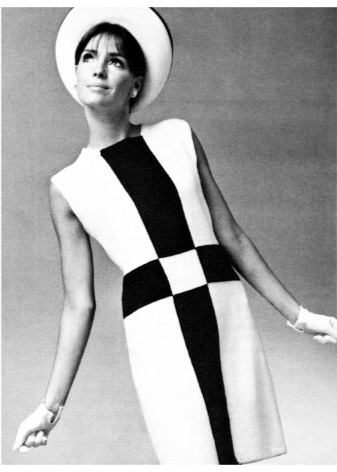
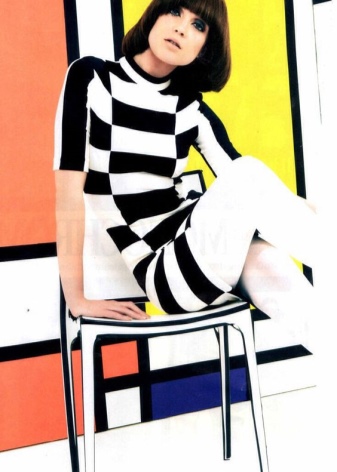

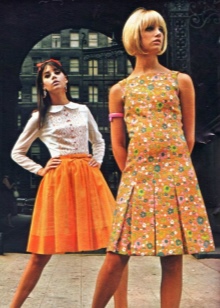
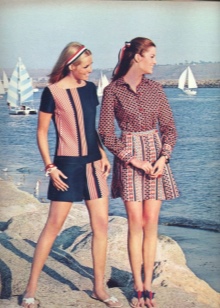
Bright colors
Popular were models from fabrics with a contrast print. It could be a cage, strip, peas or other geometric shapes. The colors were chosen for every taste, the main thing is the contrast. And for dresses and business attire pastel colors were more suitable. Also at the peak of popularity were abstract drawings of "psychedelic" shades.
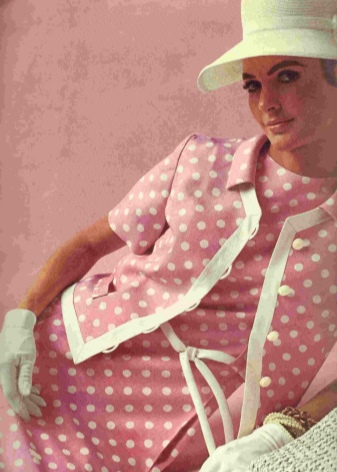
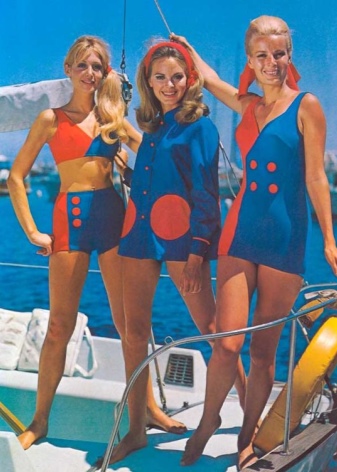
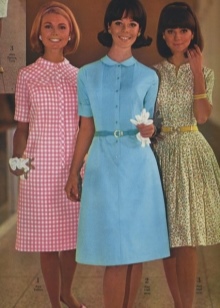
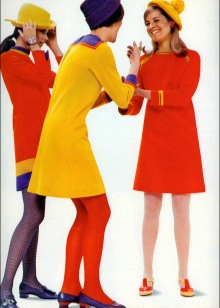
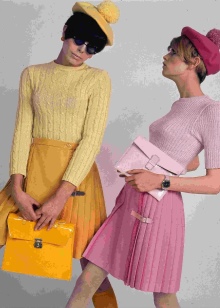
Artificial materials
Synthetic materials penetrate massively into women's wardrobes. On fashionistas, one could see vinyl clothes or dresses with plastic inserts. The outfits were complemented with plastic necklaces from large beads and bracelets. Hairpieces, burning false eyelashes, puffy wigs, plastic jewelry and other "unnatural" was very acceptable.


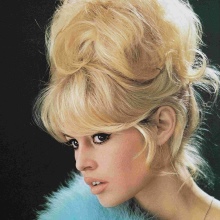
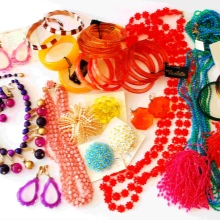

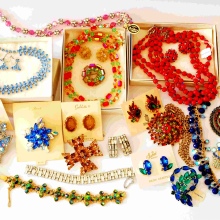
How to recreate a retro look?
Young women of the 60s of the last century had a great sense of taste. It was an intelligent youth who wanted to dress elegantly. Therefore, any appearance should be combined with sophisticated manners and cultural behavior, otherwise the image risks seeming ridiculous.

Girls of the 1960s loved miniskirts, sundresses with an A-line or straight cut, turtlenecks, tight-fitting sweaters. In cool weather, a tweed jacket in dark blue, brown or pink with three-quarter sleeves is perfect.
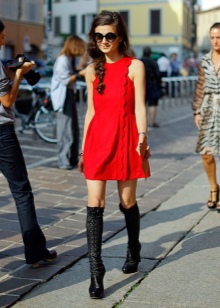

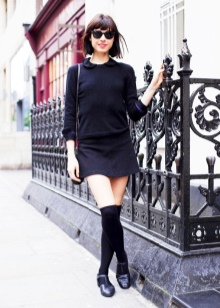
In stores, it is now easy to find clothes in retro style. For example, it can be a dress with a tight-fitting top on wide straps, a boat-neck or bare shoulders. The skirt of such a dress, on the contrary, should be magnificent. Another characteristic cut for a dress from the last century is a trapeze.

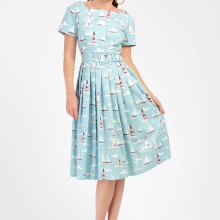
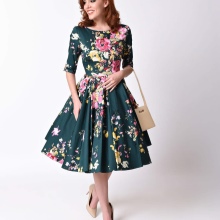
For hairstyles, two radically different styles were characteristic:
- High hairs of “babette”. Became popular thanks to Brigitte Bardot. This whipped, fluffy hairstyle based on fleece has become a symbol of the 60s.
- Short geometric haircuts. They gained popularity along with the launch of the Twiggy model on the catwalk.
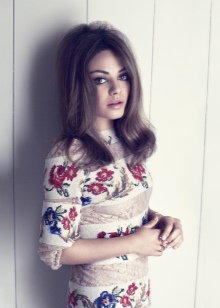
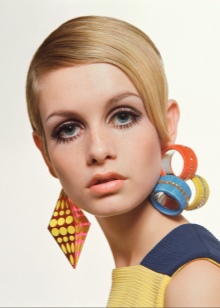
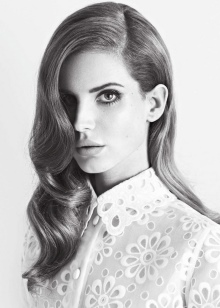
Most women of fashion loved “babette”, despite the fact that making hair is much more difficult than styling hair with a simple geometric haircut. The girls also liked to do hairstyles with curled up ends, and put on wide head ribbons to match the dresses.
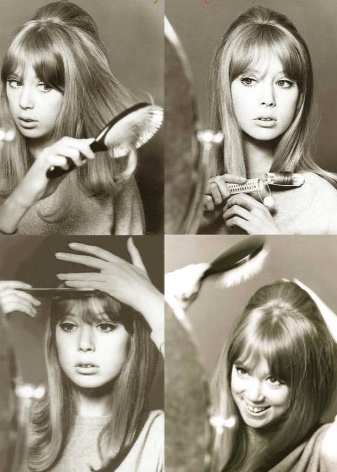
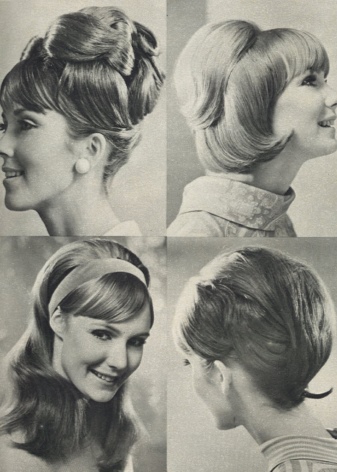
You can complement your retro-style outfit with large accessories. On the neck - short beads or scarf, on the wrist - a large bracelet made of plastic. Glasses with round lenses or in the shape of a cat's eye with a thick frame were very fashionable then. White gloves can be the highlight of the outfit.
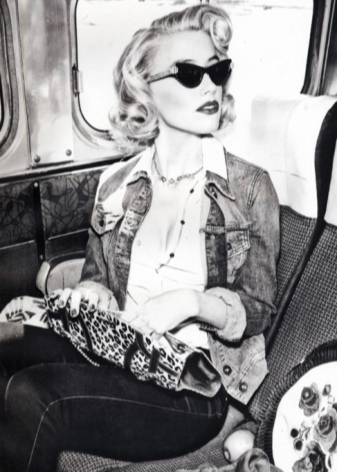
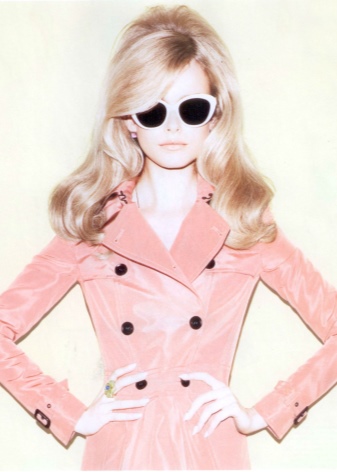
Makeup will complement the image with eyes underlined by swallow arrows and heavily tinted eyelashes. It is enough to cover lips with lipstick of a neutral shade or gloss.
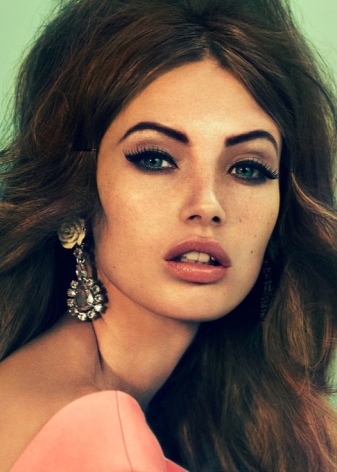
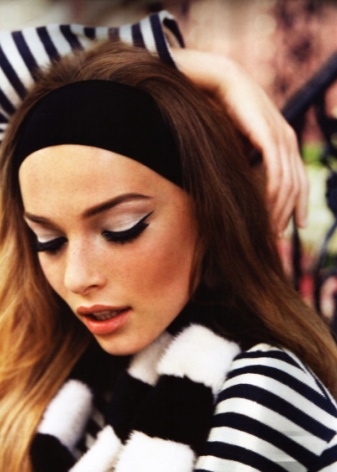
Alternative styles
The first flight into space and other achievements in this area inspired society of the 60s of the XX century, laying the foundation for a “space style”, elements of which disco fans love so much.
The famous couturier Andre Kurrezh at one of the shows dressed his models in clothes made of synthetic fabric in silver shades. Hats resembling helmets, vinyl ankle boots made models look like astronauts or aliens.This style is picked up by other famous couturiers, such as Paco Raban and Pierre Cardin.
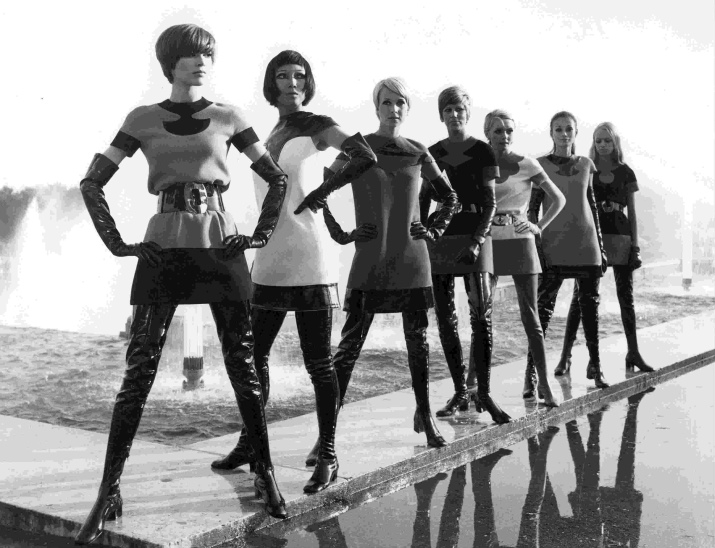
From the second half of the sixties, ethnic and hippie styles have spread. They were not popular among a wide range of young people. However, a colorful, shapeless dress combined with long flowing hair and accessories made from natural materials is quite suitable for reconstructing the image of the 1960s, even if it’s not traditional.

